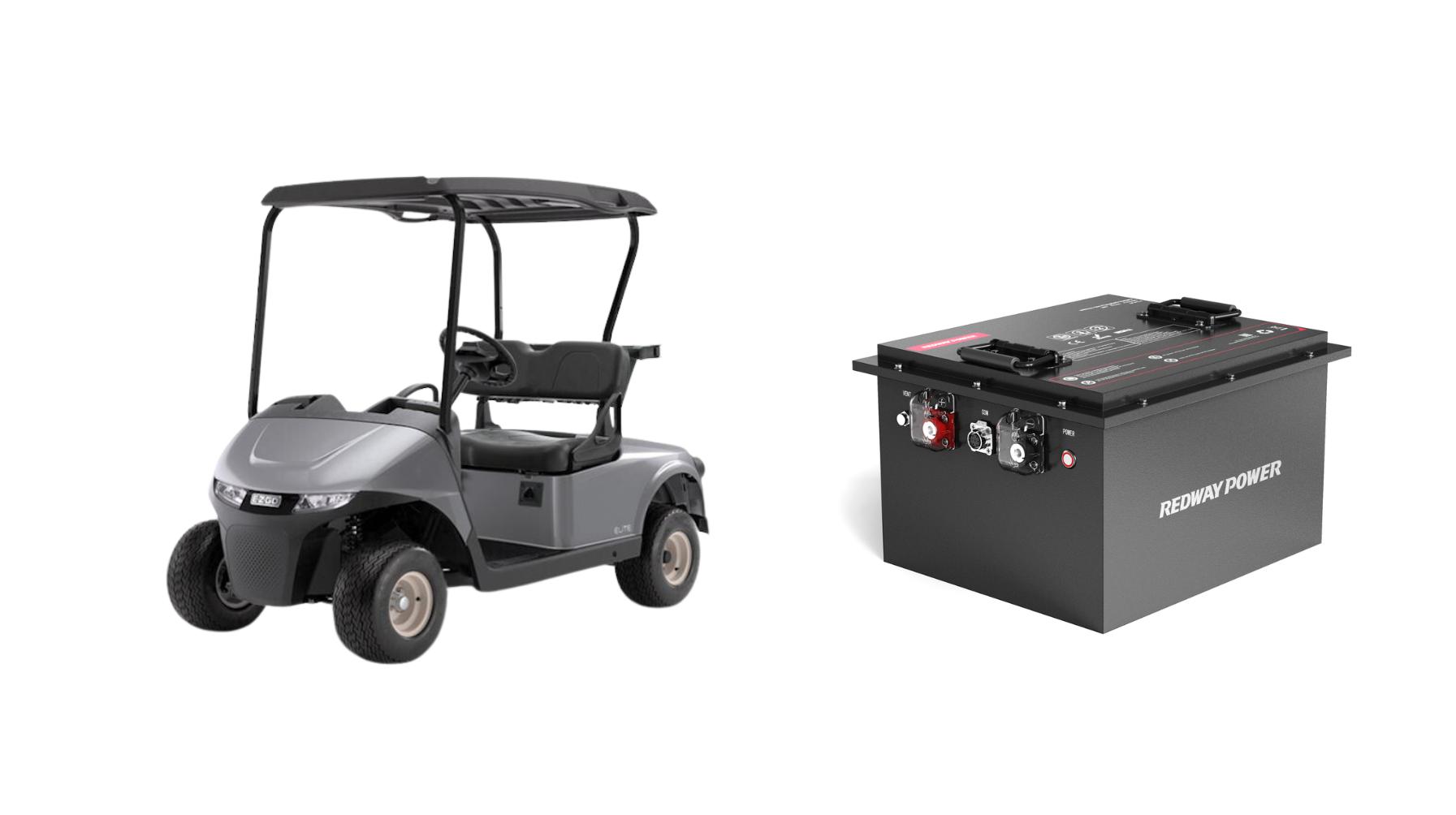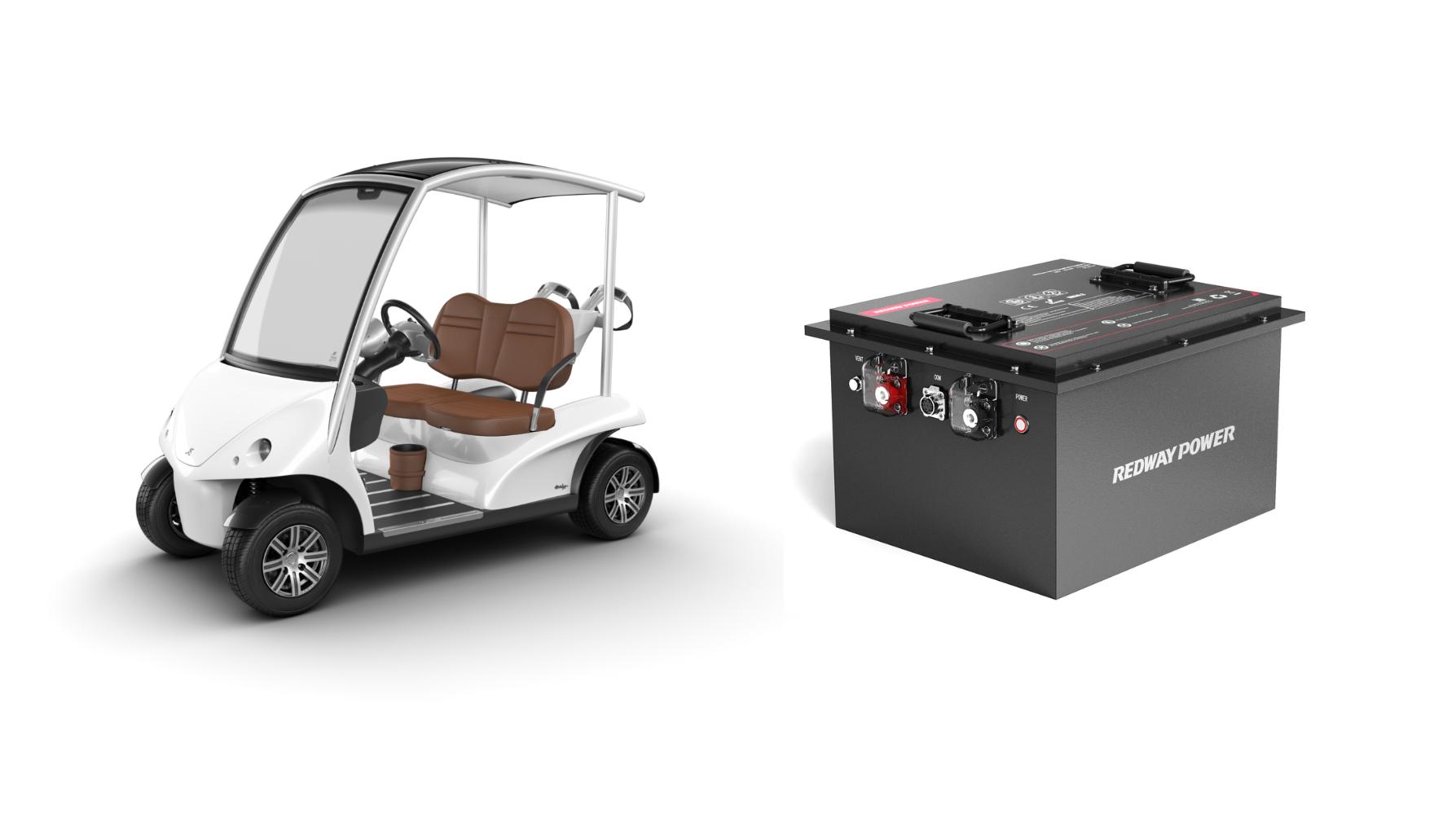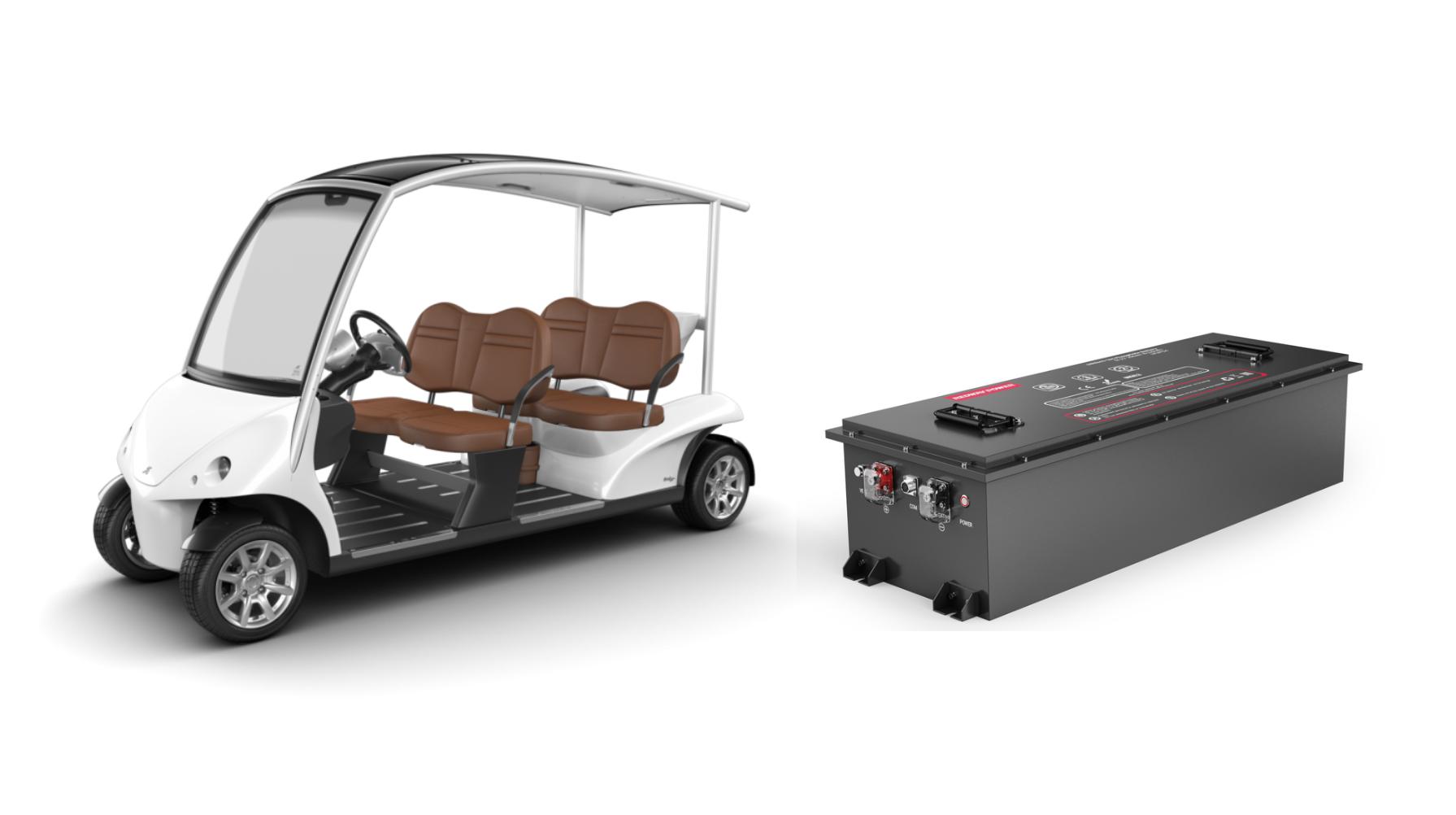What Does a Battery Charger Fault Light Mean and How to Fix It?
As electric bikes (eBikes) revolutionize urban mobility and outdoor recreation across the United States, their advanced battery systems remain central to their performance. For the 12 million Americans now riding eBikes—whether for eco-friendly commuting, fitness, or exploring trails—understanding battery maintenance is critical. This guide explores how to interpret and resolve battery charger fault lights while connecting these technical details to the broader benefits of modern eBike technology.
The Rising Popularity of eBikes: More Than Just a Trend
eBikes have surged in popularity, with U.S. sales jumping 269% between 2019 and 2022. Their appeal stems from three key advantages:
- Commuting Efficiency:The average eBike commute costs $0.10 per mile versus $0.60 for cars, saving riders $500+ annually.
- Fitness Flexibility:Pedal-assist modes let users adjust workout intensity, with studies showing 30% higher weekly exercise rates among eBike owners.
- Recreational Freedom:Models like the Specialized Turbo Levo enable 50+ mile trail adventures on a single charge.
Decoding Battery Charger Fault Lights: A Critical Maintenance Skill
Modern eBike batteries—typically 36V-52V lithium-ion packs—rely on smart chargers to optimize lifespan. When a charger’s fault light activates, it signals protection mechanisms are engaged. Common triggers include:
1. Overheating Risks
Charging a battery in direct sunlight or above 104°F (40°C) often triggers thermal sensors. A 2023 University of Michigan study found improper charging temperatures reduce lithium-ion battery lifespan by 40%.
2. Voltage Mismatches
Using a 48V charger on a 36V battery risks overvoltage damage. Always verify compatibility:
Example:Juiced Bikes’ HyperScorpion requires a 52V 4A charger—using a generic 48V unit may void warranties.
3. Connection Issues
Corroded contacts or loose wiring account for 62% of charging faults in a Bosch diagnostic report. Monthly inspection routines prevent these issues.
| Symptom | Diagnostic Tool | Solution |
|---|---|---|
| Intermittent red light | Multimeter | Replace frayed cables |
| Rapid blinking | BMS software | Update firmware |
Why Charger Compatibility Matters: Protecting Your Investment
eBike batteries demand precise charging profiles. A Bosch 500Wh battery, for instance, uses a CC-CV (Constant Current-Constant Voltage) algorithm that adjusts amperage based on cell temperature. Mismatched chargers disrupt this process, potentially:
- Reducing capacity by 15-25% annually
- Triggering premature replacement ($300-$800 cost)
“Many riders mistake third-party chargers as ‘compatible’ if the plug fits,” warns Sarah Kim, Lead Engineer at Rad Power Bikes. “Always use manufacturer-specified units—they’re programmed to your battery’s unique BMS (Battery Management System).”
Environmental & Economic Benefits of Proper Charging
Proper battery care extends beyond personal savings. Consider these impacts:
- Reduced Waste:Properly maintained lithium batteries last 5-7 years vs. 2-3 with poor care.
- Energy Efficiency:eBikes use 30-100Wh per charge—equivalent to running a microwave for 15 minutes.
- Carbon Savings:Replacing a 10-mile daily car commute with an eBike cuts annual CO2 emissions by 1.3 tons.
Practical Tips for eBike Owners
Choosing the Right Charger
- Match voltage (e.g., 48V battery needs 48V charger)
- Verify amperage:A 2A charger is safer for overnight use; 4A units charge faster but require monitoring
Maintenance Best Practices
- Store batteries at 50% charge in 60-70°F environments
- Clean charging contacts monthly with isopropyl alcohol
Riding Smart
- Avoid draining batteries below 20%—it stresses cells
- Use eco mode on flats to extend range up to 40%
FAQ: Solving Common Charger Concerns
- Can a faulty charger damage my eBike’s display?
- Yes—voltage spikes from damaged chargers can fry control modules. Always unplug faulty units immediately.
- Is it safe to charge in the rain?
- Only with IP65-rated chargers and connectors. Most home units aren’t waterproof.
By mastering these charging fundamentals, U.S. eBike enthusiasts can enjoy safer rides, lower costs, and contribute to sustainable transportation’s growth. As battery tech evolves—with promising solid-state cells offering 2x capacity—proper maintenance ensures your eBike remains a reliable companion for years ahead.



